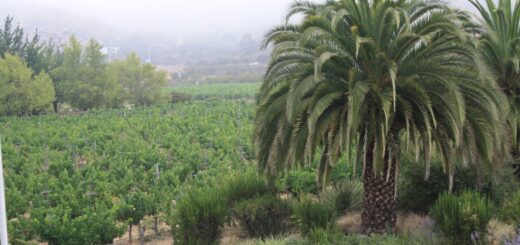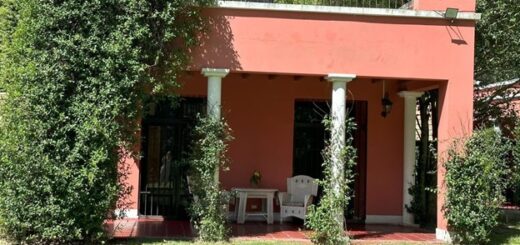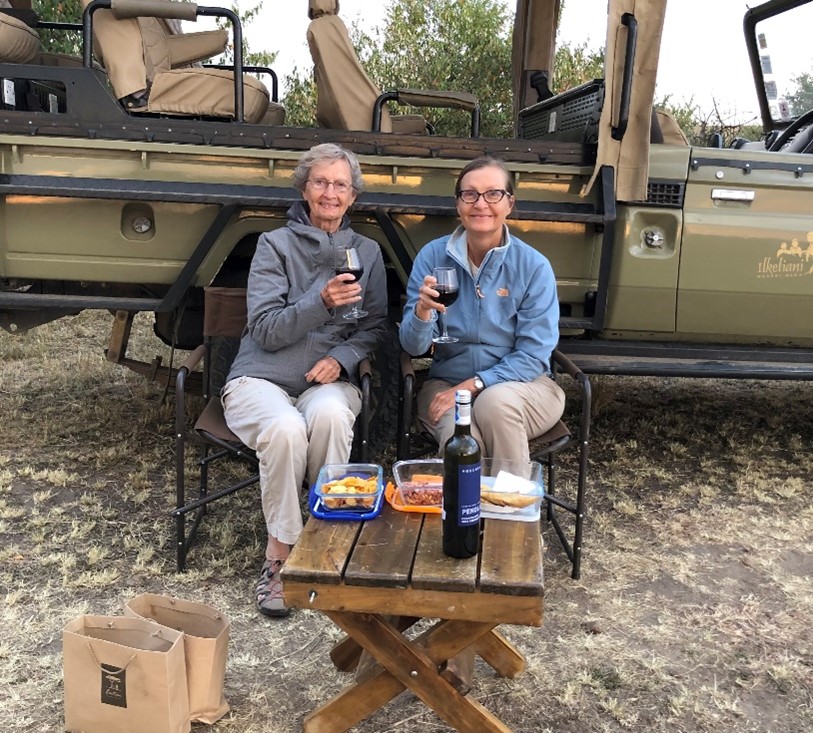Salvador, Brazil
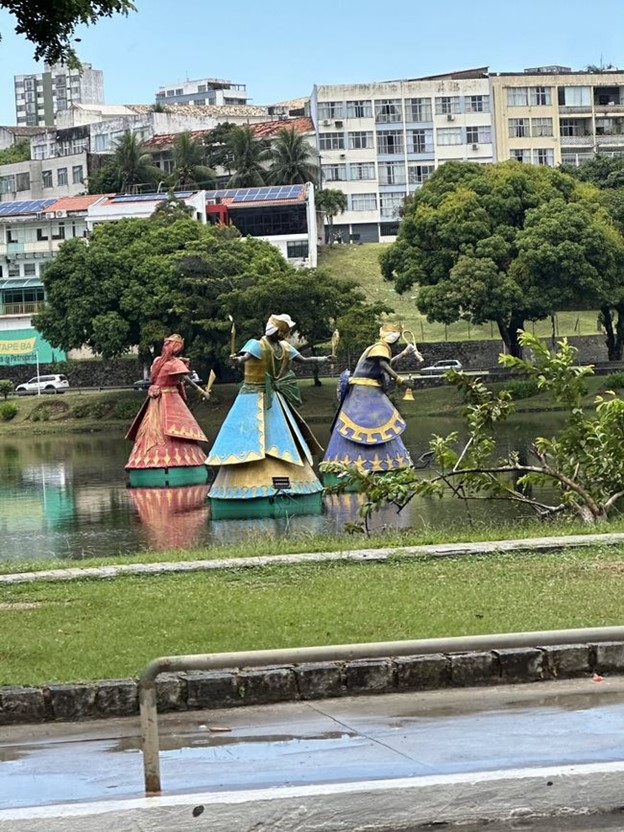
Travel Advice for Seniors: Salvador, Brazil
We squeezed a trip to Salvador between our first visit to Rio de Janeiro to see the sights and our second visit which was specifically to participate in Rio’s Carnaval. We were only in Salvador for two days, but we arrived just in time to see the sights before they were cordoned off for Salvador’s version of Carnaval, which we thoroughly enjoyed!
Salvador is the capital of the state of Bahia and was the first capital of Brazil from 1549-1763. It is known for its colonial architecture as well as its beaches and nightlife. From 1558, Salvador was a center for the slave trade, which strongly affected its present day melding of African, European and Brazilian cultures.
The historic center of Salvador, Pelourinho, a UNESCO World Heritage Site, is known for its colonial architecture, dating from the 17th century. Salvador’s large squares and cobbled streets lend to the ambience. Partially accessible due to hilly terrain, cobbled streets and uneven walkways.
We stayed in the Old Town area, which even with the Carnaval, was still fairly easy to walk around. We did have to walk a bit down a narrow street to get to our hotel, but I’d say it was more crowded with locals and in-country travelers than out-of-country tourists per se. Also, note that Salvador has some very steep hills and the cobbled streets are not easy to navigate for those with mobility issues.
Also, I had heard that Salvador was not very welcoming to tourists and to keep a watch for muggings. However, we did not have any problems at all and found the local people to be very nice and accommodating, even though it was a bit crazy with Carnaval.
We visited Pelourinho, with its colorful pastel historic buildings and were able to go inside a house that had been converted to a coffee house for a look at the original interiors. We also spent some time in the historic center and visited the Church of San Francesco, built in 1587. Interestingly, along side the Church was a separate building that presented the history of Carnaval in Salvador. Wow. We were going to be in for a real treat! (See our separate post for Carnaval). The church is accessible.
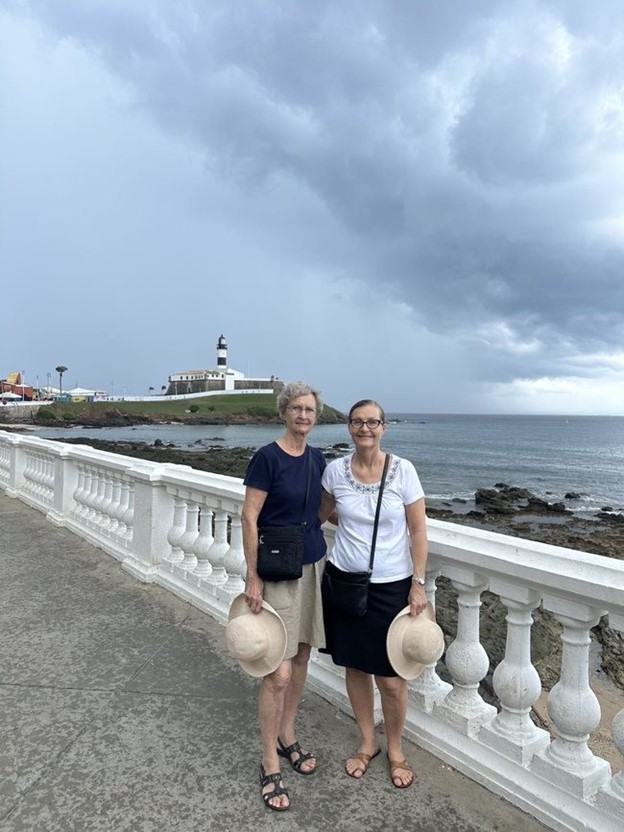
Later we visited Barra lighthouse, known as the Santo Antônio Lighthouse, which is located at the Point of Santo Antônio, entrance of the Bay of All Saints. We had a nice lunch in the area with a beautiful view of the Bay.
Next up was an uphill walk for a lovely view of the Itapagipe Peninsula.
During our drive, we passed by some sculptures that were set above the lake in Dique do Tororó park. This prompted a story from our guide about the orixás, or deities, of the African Candomblé religion, brought overseas with the West African slaves. The lovely, tall artworks look like graceful, dancing ladies. They represent the Iemanjá, the goddess of the sea, who protects fisherman and pregnant women. I got the impression there was a lot more superstition, dark side and legend than we were told, but sometimes it’s best to not ask too many questions.
Our last stop was the Mercado Modela Popular market featuring several hundred shops and restaurants. Unfortunately, we were just starting our trip, so wanted to wait until later to load up on souvenirs. But the atmosphere is always great in a market and so is the food! Accessible parking, entrance and elevator.
Where we stayed: Casa Do Amarelindo. Nice, small boutique hotel with nice lobby, good restaurant and pleasant owners. Breakfast included. Centrally located but down or up a fairly steep hill.Accessible elevator and rooms, but not all areas of the hotel are accessible.
How we got there: Flight Rio de Janeiro to Salvador. This was part of an 18-day private tour through Brazil and Argentina.
General Accessibility Information: See notes above. Brazil is becoming more accessible. Rio and a few other larger cities will have accessibility at major hotels, sights and some transportation. Call in advance to verify and make specialty arrangements. See our sections on specialty apps and accessible travel for more on accessibility assistance.

